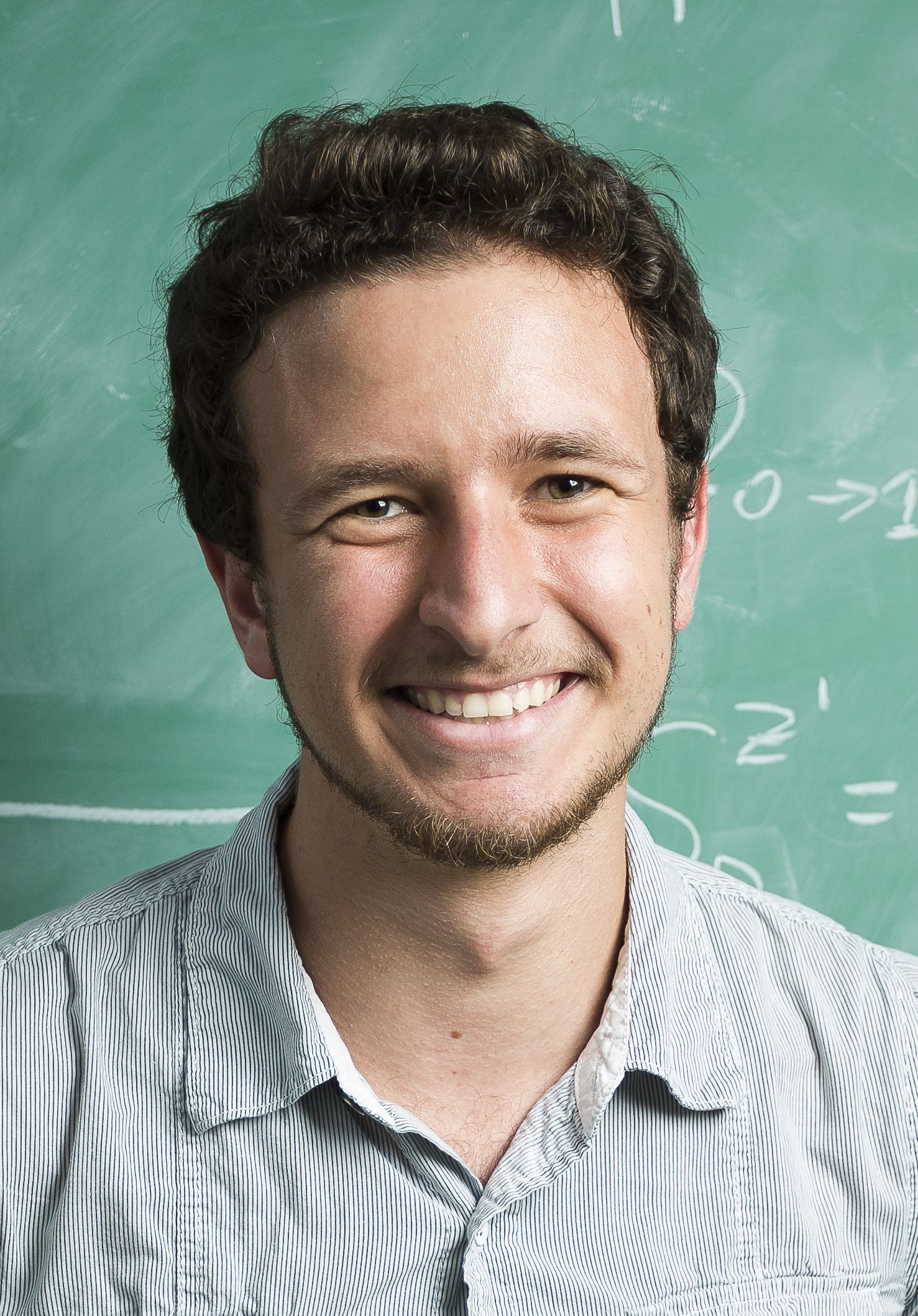Dolev Bluvstein: A Quantum Processor Based on Coherent Transport of Entangled Atom Arrays

Abstract:
The ability to engineer parallel, programmable operations between desired qubits within a quantum processor is central for building scalable quantum information systems. In most state-of-the-art approaches, qubits interact locally, constrained by the connectivity associated with their fixed spatial layout. Here, we demonstrate a quantum processor with dynamic, nonlocal connectivity, in which entangled qubits are coherently transported in a highly parallel manner across two spatial dimensions, in between layers of single- and two-qubit operations [1]. Our approach makes use of neutral atom arrays trapped and transported by optical tweezers; hyperfine states are used for robust quantum information storage, and excitation into Rydberg states is used for entanglement generation. We use this architecture to realize programmable generation of entangled graph states such as cluster states and a 7-qubit Steane code state. Furthermore, we shuttle entangled ancilla arrays to realize a surface code with 19 qubits and a toric code state on a torus with 24 qubits. Finally, we use this architecture to realize a hybrid analog-digital evolution and employ it for measuring entanglement entropy in quantum simulations. Realizing a long-standing goal, these results pave the way toward scalable quantum processing and enable new applications ranging from simulation to metrology. I will also briefly highlight other recent many-body physics results, in particular the probing of topological spin liquids, and discuss ongoing experimental upgrades and future applications.
Bio:
I am a 4th year physics PhD student working in Prof. Misha Lukin's group at Harvard, where I work on neutral atom array experiments for quantum simulation and quantum computation. My research interests in many-body physics range from topological spin liquids to quantum many-body scars, and I am particularly interested in building an error-corrected quantum computer with neutral atoms. Before starting at Harvard, I did my undergrad at UCSB in CCS Physics, advised by Prof. Tengiz Bibilashvili, and worked on diamond nitrogen-vacancy centers in Prof. Ania Bleszynski Jayich's group. I acknowledge funding from the NSF Graduate Fellowship and Hertz Fellowship.